The rate of decomposition of leaf litter on the forest floor controls the thickness of the litter layer and nutrient recycling within the ecosystem. Decomposition is well known to depend on moisture and temperature which hasten both the microbial and non-microbial breakdown of leaves following their autumn senescence.
In this paper, just accepted in Plant Physiology and Biochemistry we test the extent to which light plays a role in the decomposition of autumn leaves. Photodegradation, the process by which sunlight accelerates decomposition, has typically been considered important only in dry environments. However, Santa Neimane and Marta Pieristè found in this experiment that it can also participate in decomposition during winter and spring prior to forest canopy closure.
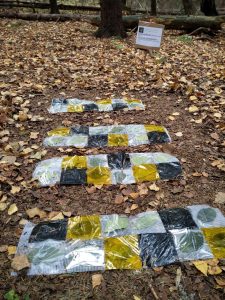
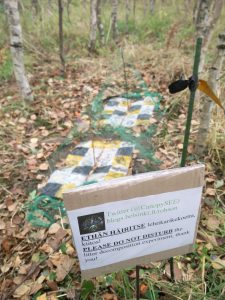
The paper also considers how photodegradation acts on leaves of silver birch and European beech. Using spectrally selective filters over leaf litter in the understorey of different stands in Viikki arboretum and under controlled conditions, the distinct roles of UV radiation and of blue light, which facilitates microbial colonisation could be identified.
The experiment also exploited natural UV filters found in the epidermis of leaves as a means to see whether screening UV-radiation from the mesophyll when leaves are orientated with their upper-face upwards would affect the rate of photodegradation.
This research formed part of Santa Neimane’s undergraduate thesis on Erasmus exchange in Helsinki. It complements the subsequent long-term study of decomposition in a temperate beech forest published this summer, Pieristè et al. 2019, which considers the dynamics of photodegradation in leaves of tree species spanning a continuum of succession.
Read more in the papers:
Pieristè† M, Neimane† S, Nybakken L, Solanki T, Jones AG, S, Forey E, Chauvat M, Ņečajeva J, Robson TM. (2020) Ultraviolet radiation accelerates photodegradation under controlled conditions but slows the decomposition of leaf litter from forest stands in southern Finland. Accepted in Plant Physiology and Biochemistry. PLAPHY5920. https://doi.org/10.1016/j.plaphy.2019.11.005
Pieristè M, Chauvat M, Kotilainen TK, Jones AG, Aubert M, Robson TM, Forey E. (2019) Solar UV-A radiation and blue light enhance tree leaf litter decomposition in a temperate forest by accelerating photodegradation rate. Oecologia, 191(1), 191-203. https://doi.org/10.1007/s00442-019-04478-x
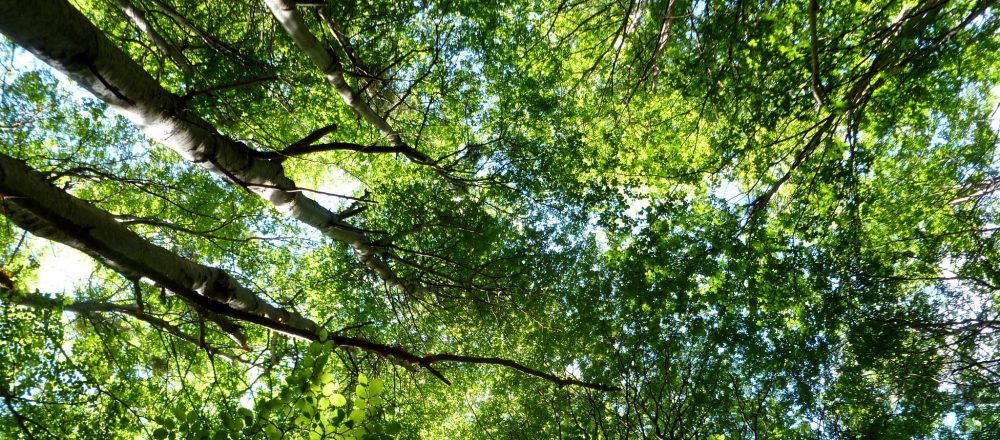

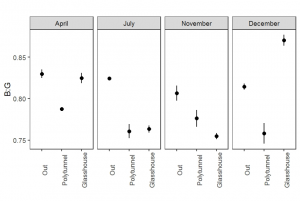

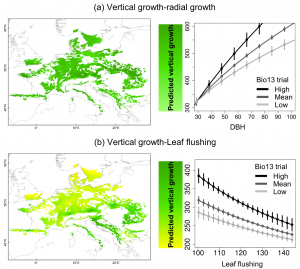
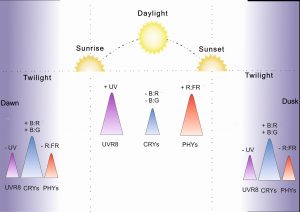

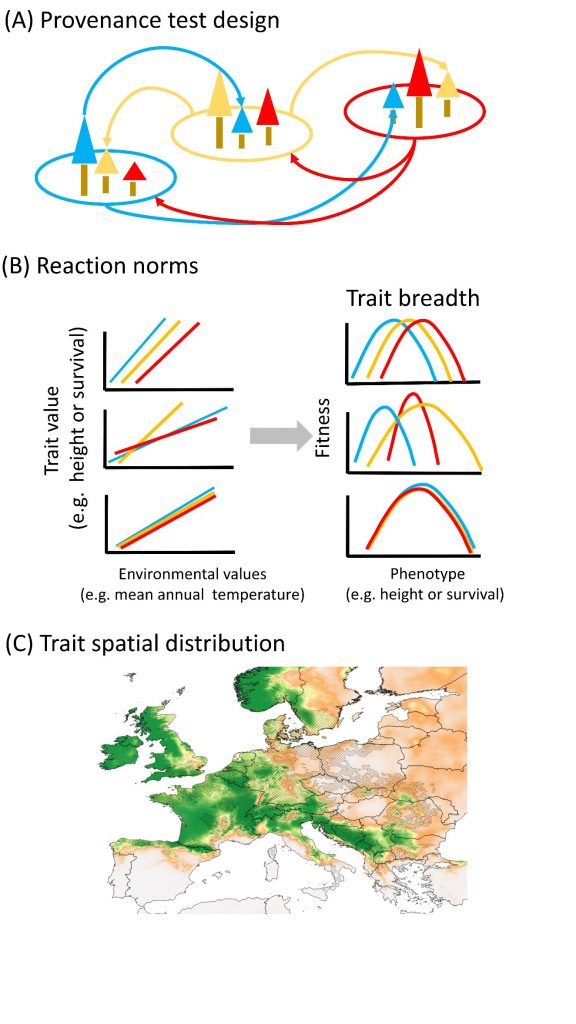
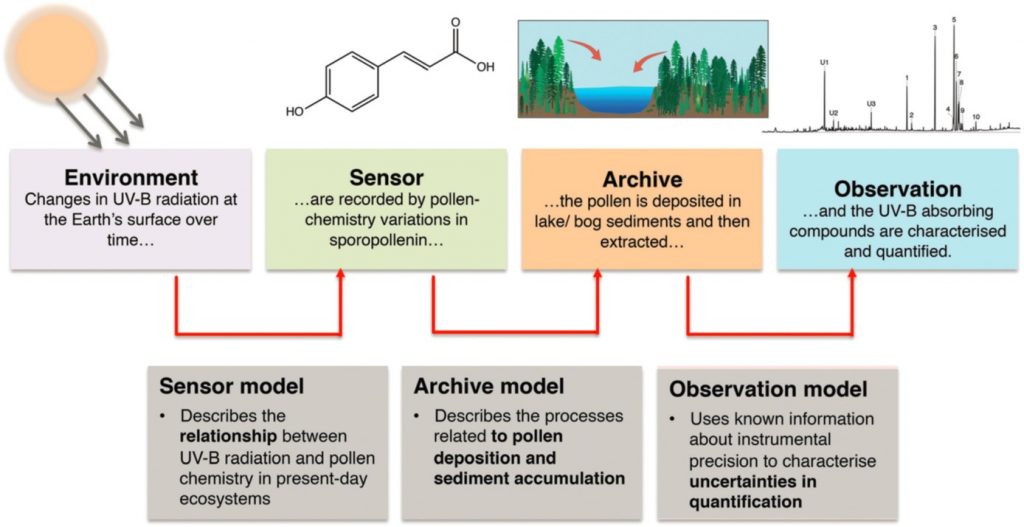
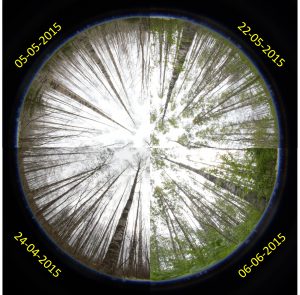
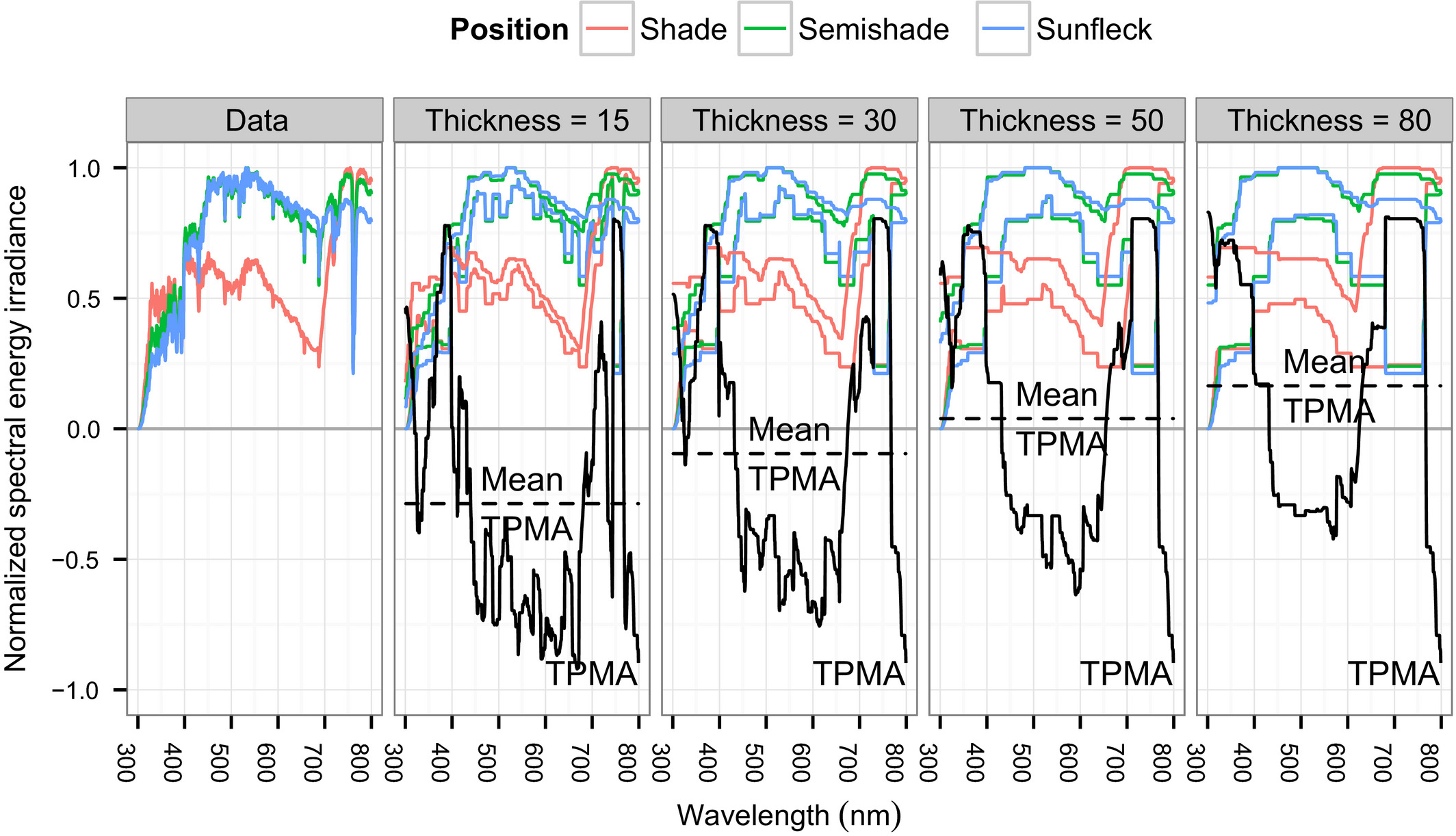
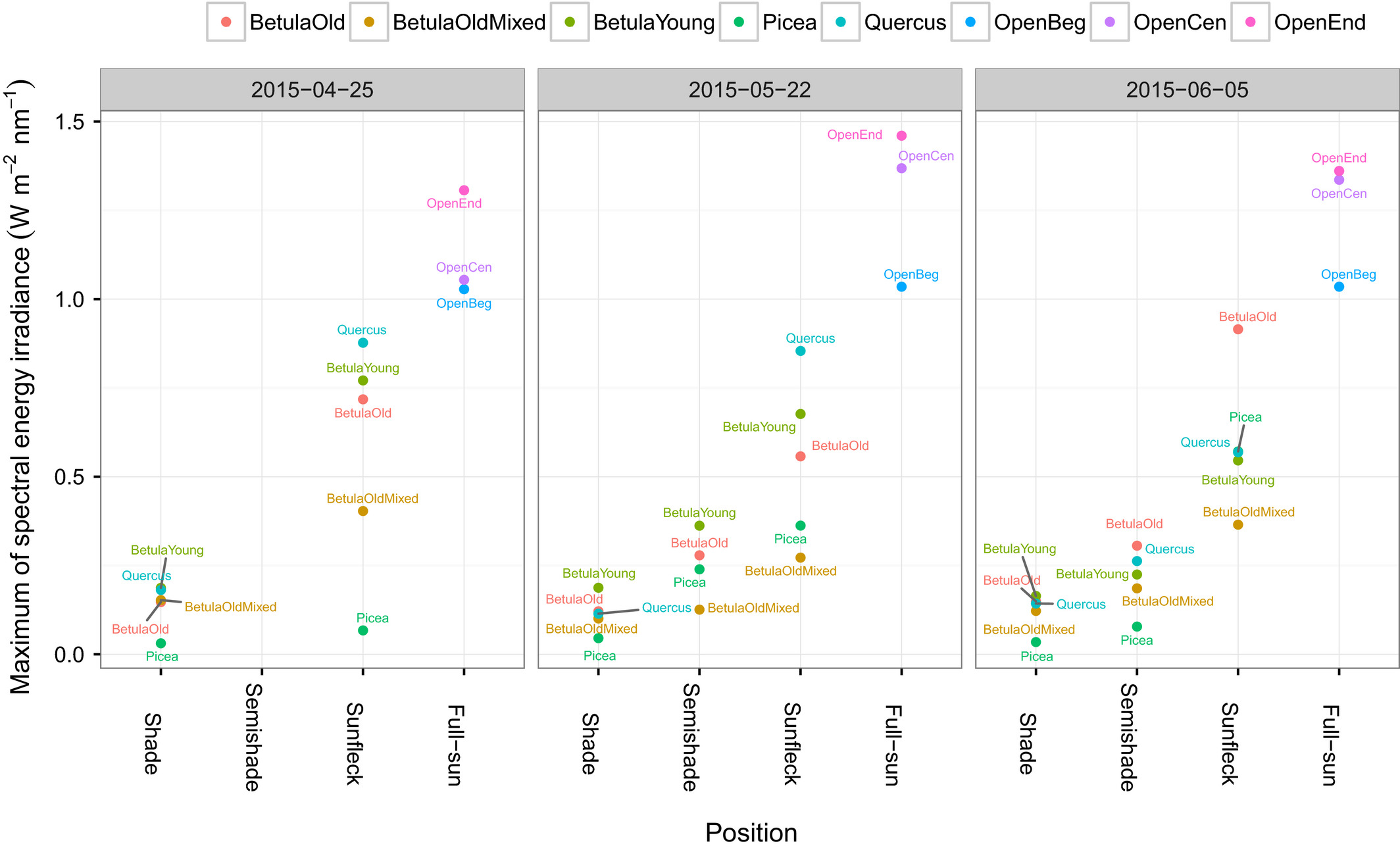
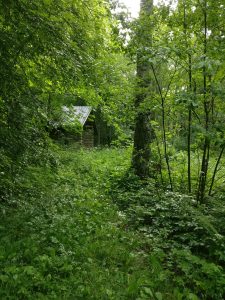 As well as detailing the theory and methodology behind this research, the paper gives a comprehensive protocol of how to maximise the information obtained from hemispherical photos of the forest canopy. These are used to assess leaf area index and the sunlight reaching the floor throughout the year.
As well as detailing the theory and methodology behind this research, the paper gives a comprehensive protocol of how to maximise the information obtained from hemispherical photos of the forest canopy. These are used to assess leaf area index and the sunlight reaching the floor throughout the year.